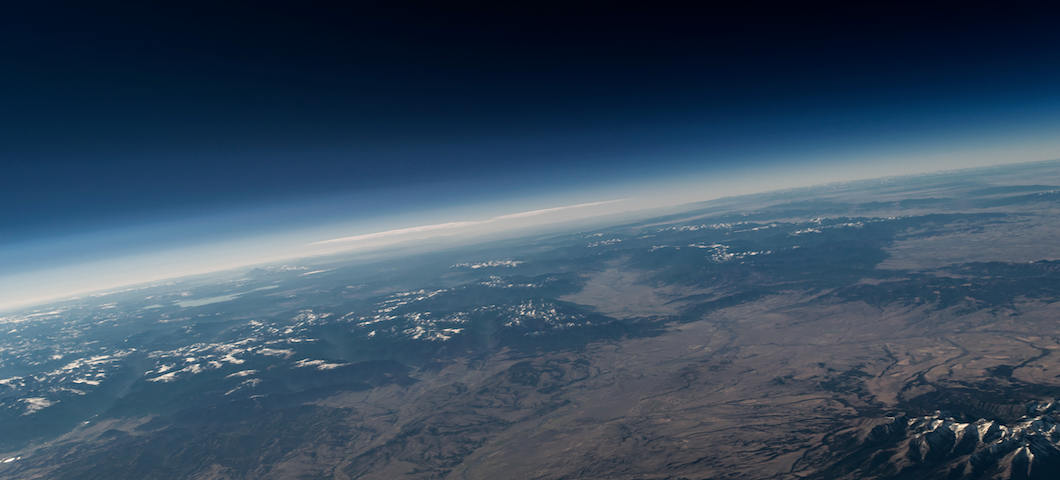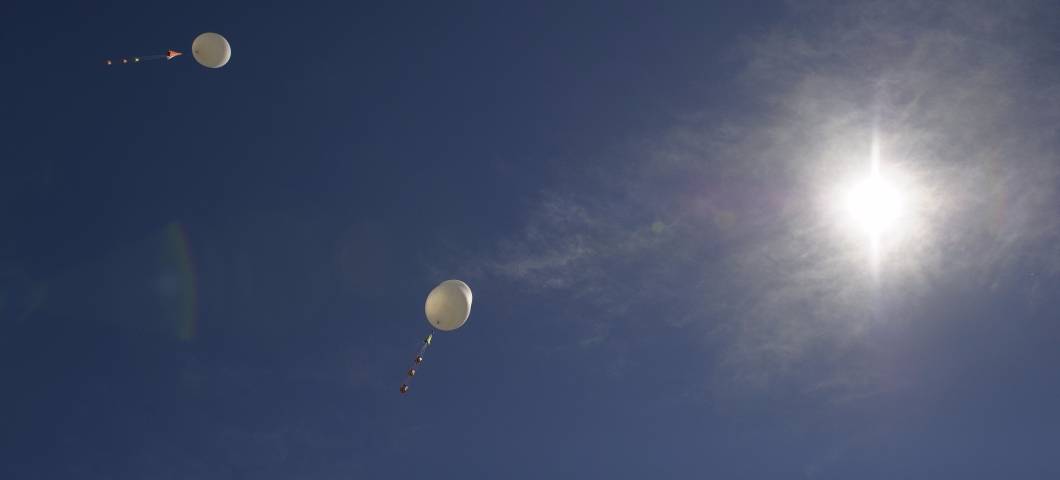Eclipse Ballooning Project
Project overview
The Eclipse Ballooning Project consists of 55 teams of college and high school students from across the country who will launch more than 75 high-altitude balloons equipped with cameras to provide a unique perspective of the Aug. 21, 2017 total solar eclipse. The central purpose of the project is to livestream aerial video footage of the eclipse, which will cross North America on a path stretching from Oregon to South Carolina. An additional 12 teams will use smaller weather balloons to gather data about the atmospheric effects of the eclipse.
On Aug. 21, the video will be live-streamed to NASA's website. This website will live-stream the video from MSU's balloon, which will launch from Rexburg, Idaho about an hour before the eclipse.
The Eclipse Ballooning Project is a student-driven effort that is intended to engage the public during this awe-inspiring event, challenge students with hands-on learning opportunities, conduct unique science and develop long-lasting partnerships with NASA and other federal agencies as well as with industry.
The project is also providing a platform for the teams to carry out additional experiments, including one to study how bacteria might behave on Mars after hitching a ride on spacecraft.
Check out answers to frequently asked questions on the media resources page on this site.
MSU's role
Montana State University initiated the Eclipse Ballooning Project and has played a leading role in making it a reality.
Angela Des Jardins, director of the Montana Space Grant Consortium at MSU and an an assistant research professor in the Department of Physics in MSU’s College of Letters and Science, started the project in 2014 to engage students from MSU and beyond by streaming video of the 2017 total solar eclipse from high-altitude balloons.
Des Jardins viewed the project as a way to take advantage of the national Space Grant network and the collective expertise of university-based ballooning groups across the country. MSU has been conducting high-altitude balloon flights through MSGC's BOREALIS program since 2001.
MSU students quickly set about devising the cameras, tracking system, radio transmission system and other components for the project. MSU undergraduates have played a key role in designing and constructing most of the lightweight, replicable system that is used by the other project teams. The system, which includes the cameras and other equipment for the balloon as well as ground-based radio dishes and custom software, costs only $3,500 per balloon.
The MSU team has conducted many test flights to prepare for the eclipse.
During the summer of 2016, MSU hosted multi-day trainings in which roughly 50 project teams visited the campus to learn about the eclipse ballooning system.
In 2017, Des Jardins played a key role in brokering an agreement between NASA and Stream, the company that will provide the live-streaming service for the balloon video during the eclipse. The agreement was necessary to handle the high volume of web traffic that the live-stream may experience during the eclipse.
As part of their senior "capstone" project, engineering and computer science students developed the tracking system and software interface that federal air traffic controllers will use to track the balloons during the eclipse.
Additional information
- Eclipse Ballooning Project in the news

This photo taken from a high-altitude balloon during an MSU test flight is similar to the video and photo imagery that the Eclipse Ballooning Project teams will capture during the Aug. 21 total solar eclipse.

